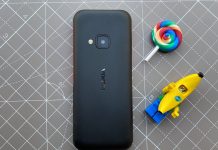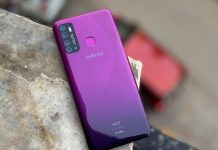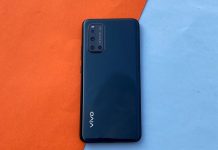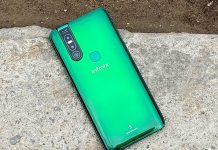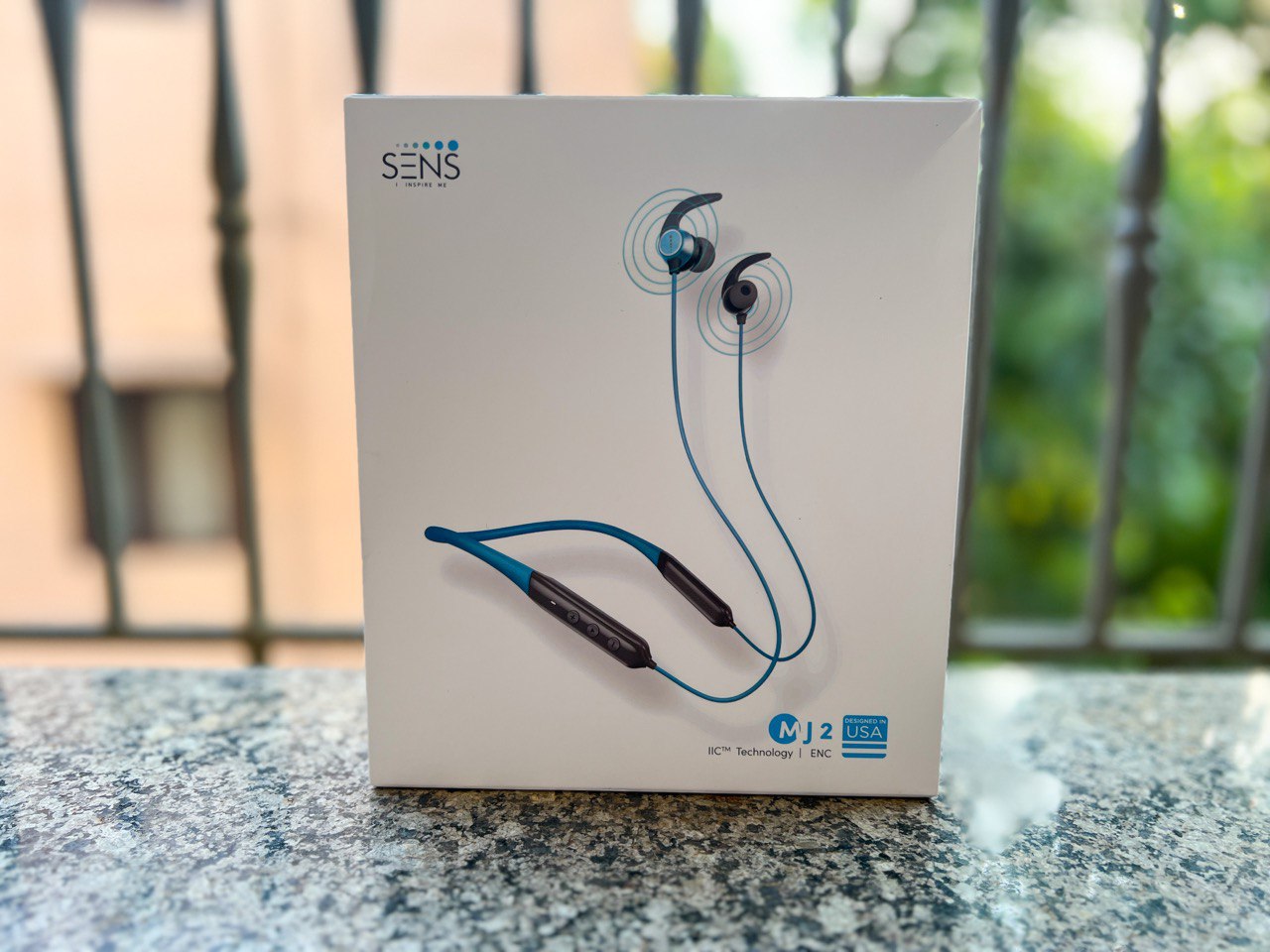
Nokia Lumia 1020, as we all know, is the famous 41MP camera smartphone running Windows Phone 8. In 2012, Nokia had launched the Pureview 808, which was the last Symbian device and the first smartphone to come with 41MP camera lens. This not only created a new instinct of possibilities for a camera smartphone but even started questioning the low end dedicated cameras.
For a person like me who just loves to carry around just a smartphone for everything, this device turned out to be perfect but was missing one big thing, applications for the smartphone. Symbian now is dead, and it had to. Android, iOS, and now even Windows Phone have spoiled us so much that we cannot think to buy a non-smart OS running phone. We need to applications to survive the operating systems. Unfortunately it made Nokia 808 a let down just because the timing of the launch was not right whereas the launch of Lumia 1020 was quite perfect because Windows Phone 8, on the other hand, is rising.
Build:
Nokia Lumia 1020 has a solid body which is available in black, white, and yellow color options. Nokia has built this build with polycarbonate, giving it a matte finish and sturdy grip. The back is actually very pretty with the big camera lens making it the new front. I kept the phone upside down for two reasons – firstly, to protect the lens and second it just looks pretty. There is a bulge for the camera lens that is the back surface is not flat as the lens is difficult to accommodate but it has been impressively reduced as compared to the Nokia 808. Using the NFC camera cover, it gets covered but with a little weight added.

Giving a hardware showcase, the Nokia Lumia 1020 has a 4.5-inch ClearBlack display, with the left edge housing absolutely no buttons and right edge housing the volume rocker, power/standby buttons, and camera key. It has three typical capacitive touch buttons on the front with an earpiece on the top. At the top edge it has a 3.5mm audio output port and a microUSB port at the bottom.
Display:
Nokia Lumia 1020 the best camera smartphone launched till date has a 4.5-inch HD AMOLED display with 1280×720 pixels resolution. It comes with a ClearBlack technology which makes blacktones perfect and Windows Phone running black theme absolutely stunning. The outdoor visibility of the display is also quite bright making it easy to work with. It also has that super sensitive touch which works even with gloves on.

Hardware:
Nokia Lumia 1020 packs a dual core Qualcomm processor with 2GB of RAM and 32GB internal memory. Technical specifications are not an issue for the device, as the operating system does not need that much for it to function efficiently. Windows Phone 8 works flawlessly on this hardware with no lags or freezes. It has a Qualcomm Snapdragon 1.5GHz dual core Krait processor and a 2000 mAh battery within, which I felt was insufficient, especially if you use the camera a lot. On the connectivity front it has 3G/WiFi/GPS/NFC etc. to support the latest technological trends.
Software:
Nokia Lumia series runs Windows Phone 8 operating system by Microsoft. Earlier with the WP7 and WP7.5 versions, the operating system was too immature to be used, but now it has become a lot better. With the latest Lumia Black update, which I was not able to review completely because of lack of time, Windows Phone 8 is good enough for everyday use. Being an Android or an iOS user, it is very difficult to shift, but if I tried, I might experience the change. I got used to this operating system but still missed my Android because of the notification center. There are live tiles but the notification center has its own use case. Windows Phone 8 now has a good app ecosystem as well, which was a complaint from us since its launch.

Camera:
Lumia 1020 is all about the camera, and it is very well known. The amazing results from the 41MP lens will definitely blow you away. The rich recording and the lively captures make it perfect. There is no better camera smartphone out there, and here we see it. Talking a bit more technically, the camera lens has a 1/1.5” sensor size, 1.12 µm pixel size, with PureView technology, geo-tagging, face detection, dual capture, panorama feature. It has Carl Zeiss optics, optical image stabilization, auto/manual focus, and Xenon flash. It has a 1.2MP front facing camera with capability to shoot 720p videos at 30fps. The primary camera has up to 4x lossless digital zoom and can capture 1080p@30fps. We have taken this camera to the beaches of Goa, and to be honest, I personally have to thank Nokia for giving me this device for review, as it is the best portable camera that could have suited my needs.
It actually shoots at 38MP with .jpg image extension along with a 5MP capture for social sharing. This is an option on the Nokia Camera application. Nokia itself has brought so much to the operating system that has made it usable. It’s more of Nokia than Microsoft who is innovating with their products. To pursue this innovation further, unfortunately the deal between Nokia and Microsoft had to take place.

Some of the sample shots have been attached below:
Performance
Using the Nokia Lumia 1020 as a smartphone has been a delight. Windows Phone now features all the basic applications one looks for. The bulge at the back might be something which one gets used to but apart from that, I don’t think we need to worry about anything. As said earlier, Android and iOS users might feel difficult to get used to this new ecosystem, but my suggestion is give it a try. I was too skeptical about switching from my beloved Android, but the experience you get is refreshing.
Verdict:
Nokia Lumia 1020 is a pioneer camera smartphone. It has definitely the best camera out there on any smartphone, or I shall say best camera on any portable device, which makes it best portable camera. But the fact that it is worth 50 grand makes the situation dicey. I love the device but not the price. I know it takes a lot of effort and cost to get such results, but then investing such an amount on Windows Phone or say a great camera doesn’t make much sense to me. It beats the crap out of point and shoots but cannot replace a DSLR, though it gives comparable results. The price has come down to some extent, which makes it a little more affordable and sensible to buy. It’s totally your call if you ask me whether you should buy the Lumia 1020 as a smartphone but a big yes for a camera.
[easyreview title=”Install or Not Scorecard” cat1title=”Hardware” cat1detail=”” cat1rating=”3.5″ cat2title=”Performance” cat2detail=”” cat2rating=”4.0″ cat3title=”Design” cat3detail=”” cat3rating=”4.0″ cat4title=”Value for Money” cat4detail=”” cat4rating=”3.5″ summary=””]


